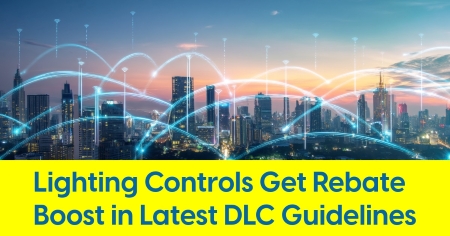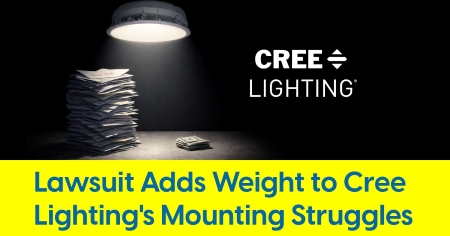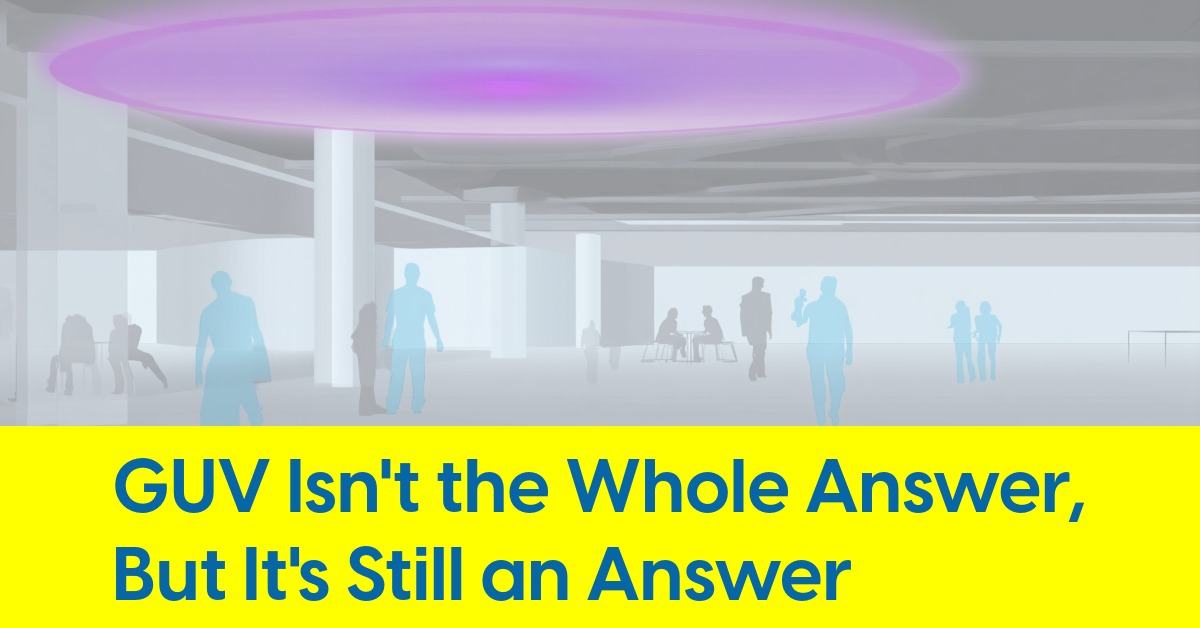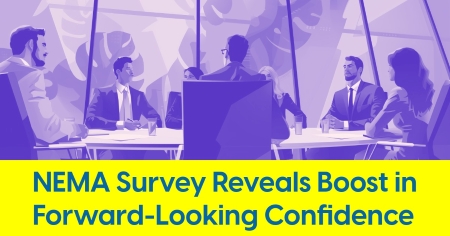December 27, 2021
NYC Gets More Serious about Light Pollution
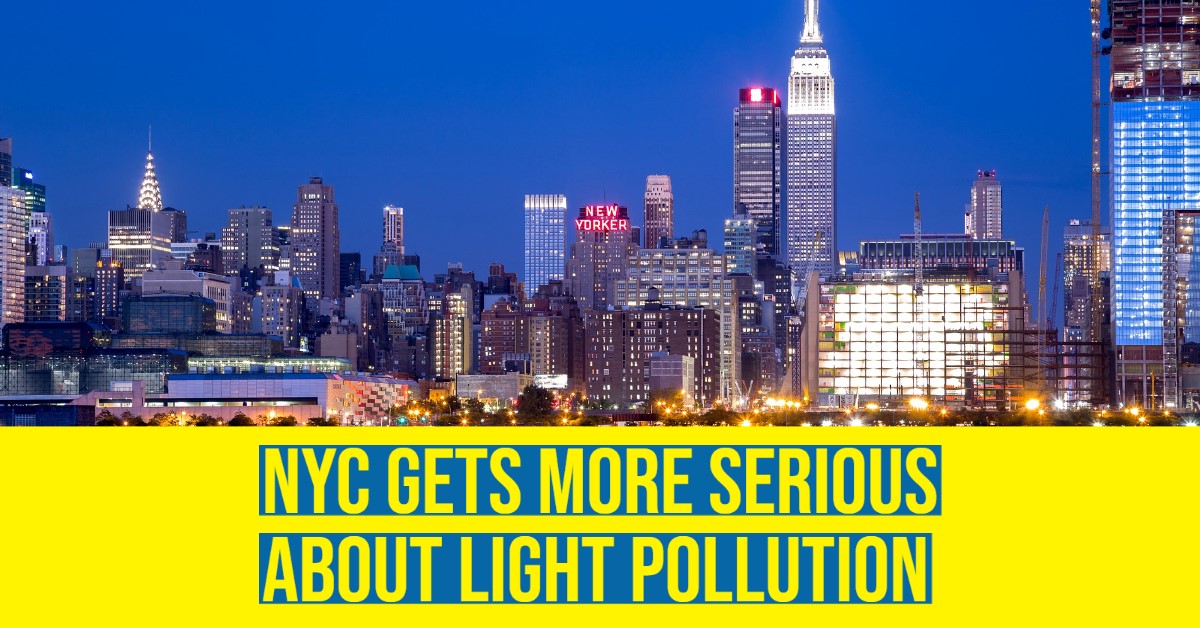
New laws require increased control of indoor and outdoor lighting.
New York City has consistently been among the more progressive U.S. cities in enacting legislation to help promote energy conservation and responsible lighting practices. Sometimes legislation is passed that adopts an existing standard, like the latest ASHRAE 90.1 revision, and other times local lawmakers introduce specialized bills aimed at illuminating North America’s largest metropolis more responsibly.
In mid-December, the New York City enacted two new laws aimed at curbing light pollution for City-owned properties. Two other bills, aimed at private buildings, are still under consideration. The proposed legislation allows for exemptions for landmark buildings – enabling the Empire State Building's Color Kinetics fixtures to illuminate the top 30 stories with Knicks, Mets or Jets team colors in celebration of future championships. (Apologies for the unrelatable example.)
Recently passed legislation
Nighttime illumination during peak bird migration periods (Int 0274-2018)
This law, approved by City Council on December 15, amends the administrative code of the city of New York, in relation to nighttime illumination during peak avian migration periods.
- The law requires that all non-essential outdoor lighting in buildings owned by the City, or in leased buildings where the City is the only tenant, be turned off between 11:00 p.m. and 6:00 a.m. during peak avian migration periods.
- Furthermore, the City is also mandated to use its best efforts to include provisions in lease negotiations to require this non-essential outdoor lighting be turned off between the hours of 11:00 p.m. and 6:00 a.m. during peak aviation migration periods for buildings where the City is not the only tenant.
A similar bill that would affect private buildings is still under review. See below for more details.
Reducing unnecessary illumination in city-owned spaces (Int 1781-2019)
This new law amends the administrative code of the city of New York, in relation to reducing unnecessary illumination in city-owned and city-controlled spaces.
- This bill requires the installation of occupancy sensors to limit illumination in buildings owned by New York City (City-owned buildings).
- This requirement applies to spaces in at least 25% of City-owned buildings by 2023; at least 40% of such buildings by 2025; at least 75% of such buildings by 2027; and all such buildings by 2030.
- This bill also requires periodic reporting regarding compliance with the requirements of this bill.
Proposed legislation still under review
Limiting nighttime illumination for certain buildings (Int 0265-2018)
The proposed law would amend the administrative code of the city of New York, in relation to limiting nighttime illumination for certain buildings.
- It would prohibit nighttime illumination of the exterior or interior of any building whose main use or dominant occupancy is classified in group B or M pursuant to the New York City building code.
- Small stores would be exempted and certain landmarked buildings may apply for a waiver of this requirement.
- Where a building owner has made a showing of special circumstances indicating a need for night security lighting the department may vary or waive the requirements of this section.
- Buildings may remain illuminated where individuals remain inside and where nighttime illumination is required by law, rule or zoning resolution.
- Seasonal displays may be illuminated until midnight and storefront displays are permitted limited illumination until midnight.
Light pollution from light fixtures in a residential district (Int 1781-2019)
The proposed law would amend the administrative code of the city of New York, in relation to light pollution from light fixtures in a residential district.
- This bill would restrict persons other than government agencies from operating lights causing outdoor illumination greater than 3000 lumens in a residential district, unless the lighting is fully shielded to reduce light trespass.
- Any person in violation of this bill would be liable for a civil penalty of $50.
Don’t miss the next big lighting story…Click here to subscribe to the inside.lighting InfoLetter |
